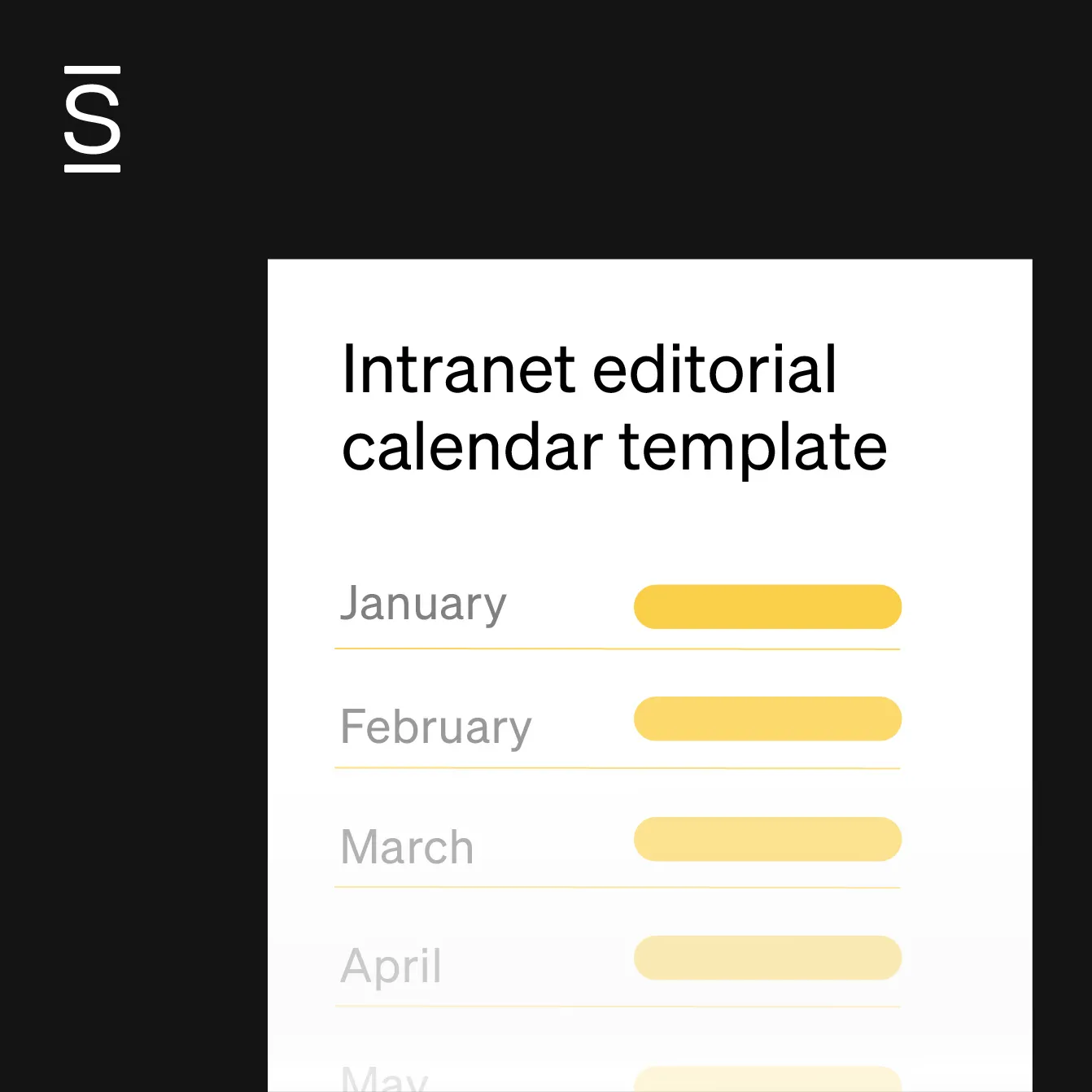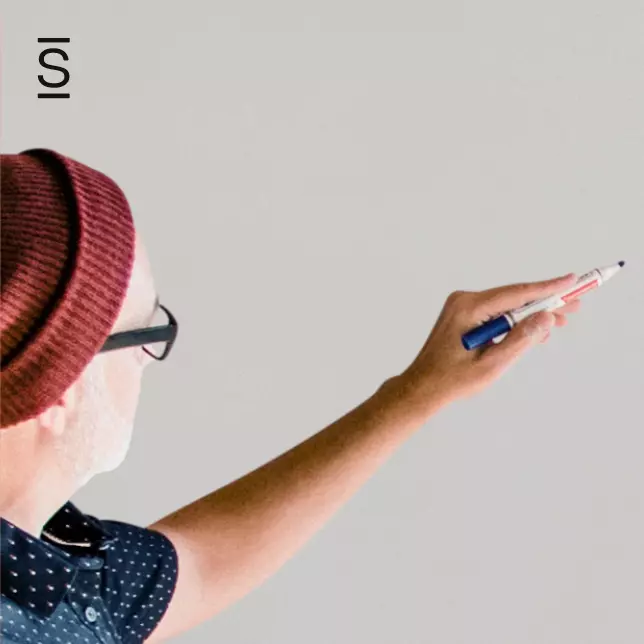Keeping employees aligned company wide is a challenge that every organization faces. And it can be tricky if your offices are spread out around the country—or around the globe.
Tina Hawkins understands this challenge and has risen to meet it, adapting to change and staying flexible as she works to keep the NBA and its employees aligned. She recently shared this and additional strategic insights with Amanda Berry, Manager of Corporate Brand & Communications at Simpplr, during episode 27 of Simpplr’s Cohesion Podcast.
A Journey to the NBA
Tina has a passion for communications which began as an editor for the high school yearbook and continued at her college newspaper. A storyteller at heart, she inevitably became an English teacher. However, that could have been all she wrote if it weren’t for her summer-time work in district offices putting together marketing materials.
This introduced her to PR firms, and she became interested in communicating using technology. After that, her focus shifted, and she graduated with a master’s degree in technology and was soon building an intranet for a software start-up.
Since then, her journey has taken her to Deloitte and Mercer, where she was the principal of workforce communication and change. Today, we find her as the senior director of internal communications at the NBA. She partners with business leaders and human resource professionals to accelerate employee performance through change management, communication, and a focus on workplace and employee experience, culture, and engagement.
Responsible for people communications, Tina navigates the emotional and behavioral components of employee engagement, where she says employee engagement isn’t just “the feeling of belonging—it’s also performance.” Translating the value of benefits, programs, and initiatives to employees, she helps them manage change and stay aligned during a transition.

Tina had a ready example to share with the NBA’s recent roll-out of its new mission statement.
Keeping the NBA aligned while rolling out a new mission statement
Keeping a company as large as the NBA aligned across the board is a big undertaking. They have 14 offices, and the largest are spread globally in New York, New Jersey, London, and Beijing. Employees perform various functions beyond playing ball, including live entertainment and games, emerging technology, law, marketing, security, and more. And then there are referees and players from NBA 2K League and the G League.
With so many moving parts, changing even a small thing becomes a significant communications undertaking, never mind making a change to the NBA’s entire mission statement.
Tina shared that when it comes to rollouts of any size, being prepared ahead of time is the name of the game. Even before there’s anything to roll out, she stays in lockstep with colleagues from internal comms, external comms, PR, and marketing. She also communicates closely with social responsibility and player programs, such as the Junior NBA, as that drives community messaging. By staying in communication, she can help influence messaging and gather insight around questions and concerns, which helps drive employee messaging.
The NBA rolled out its new mission internally, with a roadshow sharing its value alignment, so everyone understood the change. They then turned to employees to communicate how they felt this mission statement was reflected in various NBA workplace values. This allowed the NBA to check for understanding and encourage adoption while also helping employees feel invested in the change.

Notably, the NBA wanted employees to help define the behaviors attached to its workplace values and focused on a bottom-up approach to creating those definitions. Tina’s team sought to understand what the new mission looked like in practice and employee feedback told them precisely that.
The NBA also tasked marketing with embedding the new mission statement into everything they did. And this came at a time when critical conversations were happening about important social issues.
How the NBA helps leaders and employees have critical conversations
The NBA is no stranger to taking a stand on social issues. They’ve always held space for challenging conversations on social and racial equality. As Tina puts it, “social impact is part of the DNA of our league.”
And you can see this in practice, tying it back to their community values and intention. Tina expanded on what the NBA means by creating community sharing that “basketball is inherently inclusive. Anyone can play it. The diversity in people’s backgrounds and experience is central to our success.” The NBA believes in the power of sports to create connections with diverse groups of people, and “to do that…internally, we have to be willing to have those conversations that make [inclusivity] possible.”
So, how is it done? First, critical conversations require a good bit of strategic planning.
Leadership meetings have become central to kicking off challenging conversations. During these meetings, Tina and her colleagues discuss key messaging and messaging leadership support ahead of any announcements. Then, once this is ready, they take it to the employees.
This communication can happen via real-time virtual events, in-person meetings, or both with break-out groups. During these times, leadership acknowledges what is happening, how it affects the company, what steps will be taken to support employees, and the resources the NBA can offer employees. However, the goal is always the same: To inform employees as soon as possible and, most critically, to provide a safe space for employees to share their opinions and have community conversations.

“The idea is to create a great network where those conversations are managed in a way where people can feel heard, but also at the same time can’t be abusive in any way.” Instead, they invite opinions and the freedom to discuss things openly, all while keeping their beliefs and core values as a company in focus.
Follow-up emails and further community conversations happen as needed. For example, in 2020, with George Floyd and other social justice concerns front and center, Tina’s team recognized the need for more action. As a result, the NBA launched a foundation and staffed it. There are also employee resource groups such as The Women’s Network, Dream in Color (the Black and African American Network), and more. These groups continue the work the NBA commits to, putting words to action and generating goodwill amongst its employees.
Sometimes, it’s challenging for leadership to recognize how different events affect employees’ emotional well-being and how this emotional toll impacts performance. The key here is the performance component, as leadership understands ROI—and this needs to be part of the messaging when advocating for resources.
Tina keeps a watchful eye on trending conversations and sentiments and asks questions to stay aligned with employee needs. She’s always listening and has fantastic insight to offer as a result.
We’ve scratched the surface of the valuable insights she shared, so be sure to tune into the podcast the hear more from Tina. And if you want to hear from more influential decision makers, please subscribe to Cohesion Podcast, so you don’t miss any episodes!


















